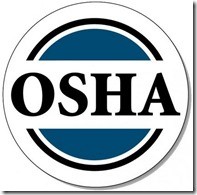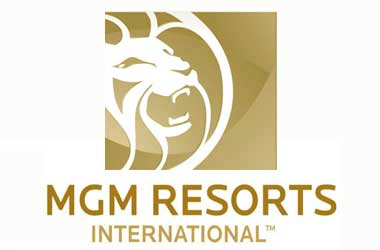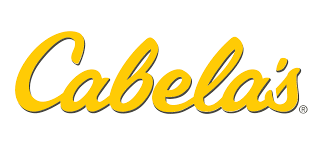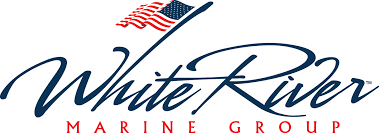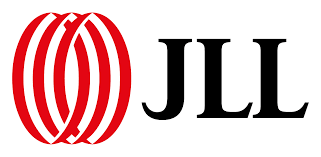“Exposure to hazardous chemicals is one of the most serious threats facing American workers today,” said U.S. Secretary of Labor, Hilda Solis. And now, OSHA has acted.
Revision of OSHA’s Hazard Communication Standard (HCS) is now aligned with the Globally Harmonized System of Classification and Labeling of Chemicals (GHS), to provide a common and coherent approach to classifying chemicals and communicating hazard information on labels and safety data sheets. This alignment is expected to prevent injuries and illnesses, save lives and improve trade conditions for manufacturers.
The old standard allowed chemical and importers to convey hazard information on labels and material safety data sheets in whatever format they chose. The new standard covers over 43 million workers who produce or handle hazardous chemicals in more than five million workplaces across the country. Benefits derived from the new revision include an enhancement of workers comprehension of hazards, especially for low and limited-literacy workers, reduction of confusion in the workplace, easier and faster safety training facilitation, resulting in safer handling and use of chemicals. Productivity improvements in American businesses may result in a cost savings of more than $475 million in productivity improvements, fewer safety data sheets and label updates and simpler new hazard communication training.
Major changes include hazard classification which means that chemical manufacturers and importers must now determine the hazards of the chemical they produce or import, providing specific criteria to address health and physical hazards and classification of chemical mixtures. Additionally, they must provide a label which includes a signal word, pictogram, hazard and precautionary statements for each hazard class and category. The format of safety data sheets requires 16 specific sections, ensuring consistency in protection information.
Chemical producers must comply with all modified provisions of the final rule by June 1, 2015, although distributors may ship products labeled by manufacturers under the old system until December 1, 2015. By June 1, 2016, workplace labeling and hazard communication programs must be updated and employees trained for newly identified physical or health hazards.
The new system is being implemented throughout the world by countries including Canada, the European Union, China, Australia and Japan.

